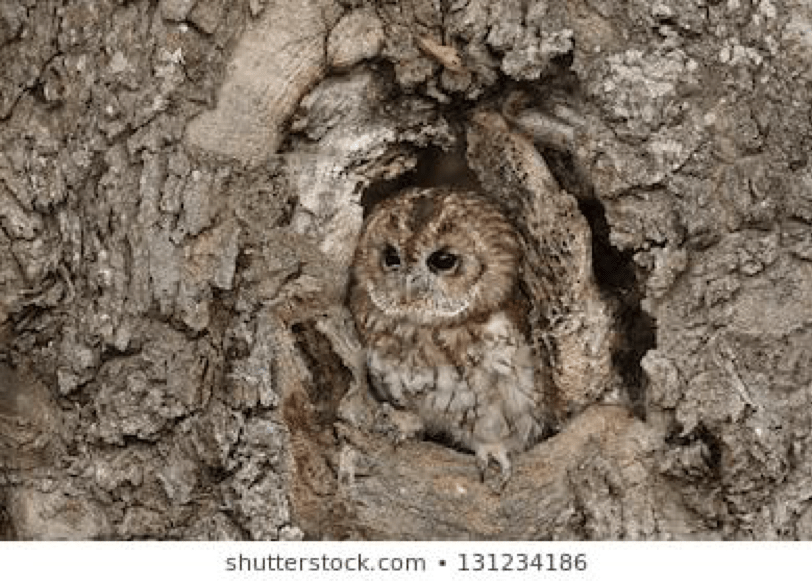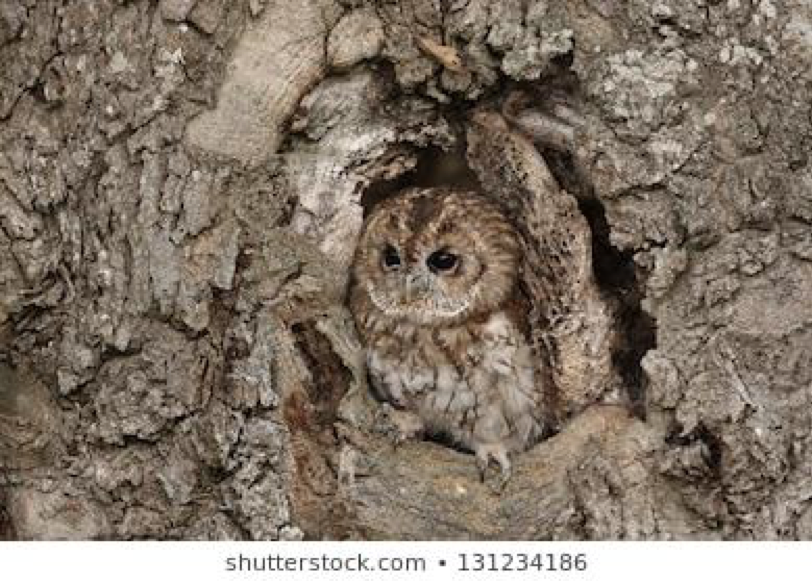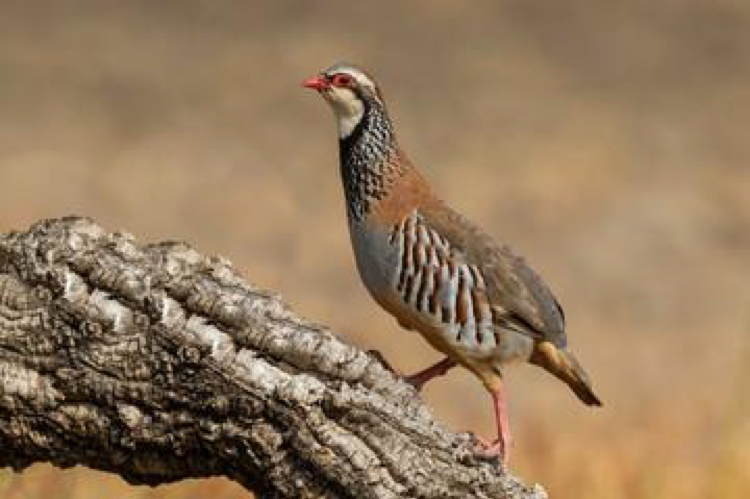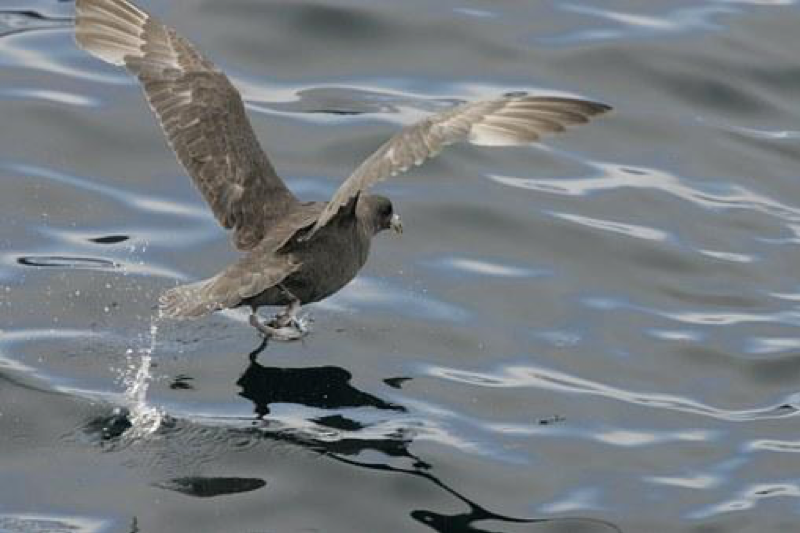DEFENSIVE STRATEGIES AGAINST PREDATORS
Birds, like all living things, have developed different mechanisms for self-defense and nest defense. These strategies have been changing almost at the same speed as the medium, adaptability to the environment is the main survival

Birds, like all living things, have developed different mechanisms for self-defense and nest defense. These strategies have been changing almost at the same speed as the medium, adaptability to the environment is the main survival strategy.
A specific case of this adaptation is the differences that are being observed in the populations of birds, of the same species, that live in the countryside or in the city. The groups of birds that inhabit the cities are more confident and noisier compared to their countryside counterparts. This is due to the absence of natural predators in large cities, the noise present in cities and a greater ease of finding food.
But in the natural environment, where conditions for survival are harsher than in urbanized areas, defence strategies are both varied and necessary. Many of them not only involve speed or observation, but part of the bird’s anatomy and morphology have been adapted for greater defensive efficacy.
THE PHYSICAL APPEARANCE OF THE BIRD
One of the most common mechanisms used by birds is to have shades of plumage that can be confused with the environment, in this way they can go unnoticed by possible predators. This type of strategy is known as camouflage.
But it’s not the only strategy birds use that’s related to appearance. Some of them try to resemble the appearance of animals that are dangerous or poisonous (mimicry). An example of this case is the species Laniocera hypopyrra, a bird that lives in the Amazon and whose chicks have a hue of orange plumage with the tip of white feathers. The young mourners, when they detect a danger, move their heads from one side to the other to pass themselves off as a poisonous caterpillar and in this way deceive possible predators. This imitation is maintained by the chicks until almost a few days before leaving the nest.
ENVIRONMENTAL MONITORING
Sight is the sense best developed by birds, their eyes have the largest size in proportion to their size of all animals. This makes the surveillance mechanism one of the most common ones used by birds for defence.
When living in large populations, the observation to detect possible predators is greater, apart from diminishing the possibility of being attacked as there are many individuals.
The pairs of birds take turns watching the nest and the young, while one of the parents looks for food. As is the case with the red partridge (Alectoris rufa).
But not only sight is important, hearing acuity is also indispensable for detecting possible threats. Even some birds can imitate sound to keep predators away, one of these cases is the pijuí bird (Synallaxis albescens). This bird is capable of imitating the sound of the rattlesnake.
CHEMICAL USE
Some birds are able to store toxic substances in their bodies and then expel them in the event of a threat, either to flee or to keep away possible predators. These components can be stored in excretory glands or in the bird’s plumage.
They can also be predictive and spread substances with unpleasant odours around the nest or eggs to make them less attractive to predators or to protect themselves from disease. Certain birds can accumulate venom from animals that feed on their legs and feathers.
An example of this type of defence is the Fulmar chick (Fulmarus glacialis) that when it feels threatened expels a vomit of orange colour and very unpleasant smell towards the threat.
The pitohui is one of the species of poisonous birds that exist in the world. They can make a poisonous substance found in the feathers and legs of this animal. This one synthesizes it from the ingestion of beetles.
I’M NOT REALLY HURT.
Another very striking strategy used by birds is to play the wounded to keep predators away from the nest. The canastera (Glareola pratincola) if they see a possible danger near their nest they make noise near the predator and pretend to be wounded so that the possible threat will pursue them, once they consider that the nest is safe, they fly quickly to escape.
All these strategies, as we have mentioned before, will depend on the environment and the number of individuals that the population has at that time. Also the season of the year and the time of breeding and reproduction, will make these birds choose one type of defense or another. The main objective is to survive and to do so, only the best adapted to the environment will be able to achieve it.
REFERENCES:
· ADAPTING TO SURVIVE, BIRDS THAT PROTECT YOUR NESTS – Science news. (n.d.). Retrieved February 5, 2019, from http://cienciagora.com.co/infodetail/novedades_de_ciencia/actualidad/adaptarse-pobrevivir-avesque-protegen-sus-nidos-717.html
· EcuRed. (n.d.). Pitohui hooded – EcuRed. Recovered February 5, 2019, from https://www.ecured.cu/Pitohui_encapuchado
· The unusual method of an Amazonian bird to defend itself from its predators. (2015, 4 March). Retrieved February 5, 2019, from https://www.bbc.com/mundo/noticias/2015/03/150226_ave_amazonica_mimetismo_oruga_lp
· Espinoza, G. (2018, 14 December). Strategies to defend birds against predators. Retrieved February 5, 2019, from https://aves.paradais-sphynx.com/temas/estrategias-de-defensa-de-las-aves.htm



